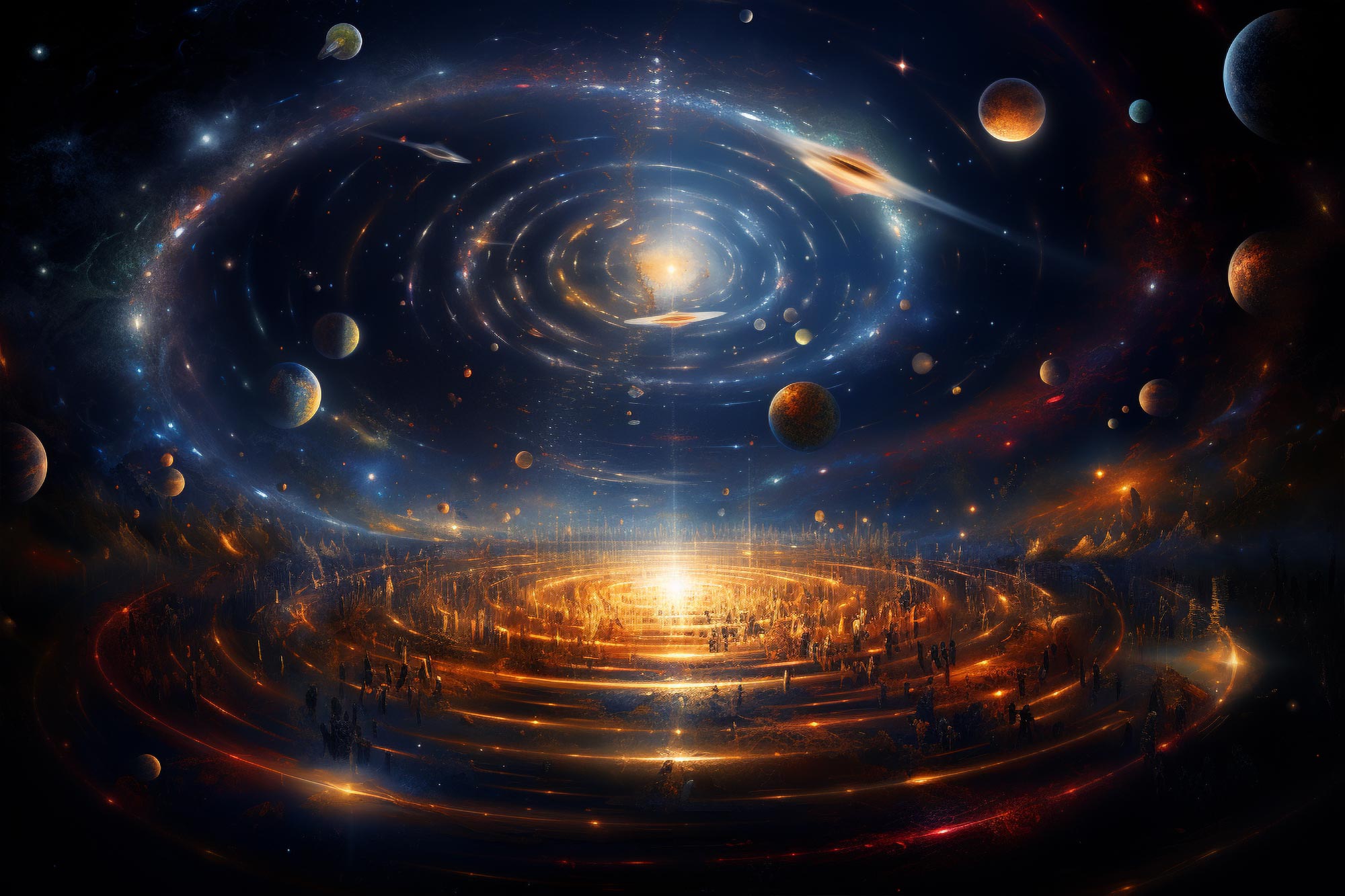
Un nuovo studio suggerisce che l’universo potrebbe avere 26,7 miliardi di anni, il doppio dell’età ampiamente accettata di 13,7 miliardi di anni. Il nuovo modello, che incorpora la teoria della luce stanca di Zwicky e le costanti di accoppiamento di Dirac in evoluzione, può spiegare l’esistenza di galassie giovani e mature formatesi solo 300 milioni di anni dopo il Big Bang e proporre un’interpretazione rivista della costante cosmologica.
Un nuovo studio suggerisce che l’universo potrebbe avere 26,7 miliardi di anni, sfidando la stima ampiamente accettata di 13,7 miliardi di anni basata sul modello di concordanza Lambda-CDM.
Il nostro universo potrebbe avere il doppio delle stime attuali, secondo un nuovo studio che sfida il modello cosmologico prevalente e getta nuova luce sul cosiddetto “impossibile problema delle prime galassie”.
afferma l’autore Rajendra Gupta, professore associato di fisica presso la School of Science dell’Università di Ottawa.

“Il nostro modello di nuova concezione estende il tempo di formazione della galassia di diversi miliardi di anni, facendo sì che l’universo abbia 26,7 miliardi di anni, non 13,7 come stimato in precedenza”. Rajendra Gupta – Professore Associato di Fisica presso la Facoltà di Scienze, Università di Ottawa. Credito: Università di Ottawa
Per anni astronomi e fisici hanno calcolato l’età del nostro universo misurando il tempo trascorso da[{” attribute=””>Big Bang and by studying the oldest stars based on the redshift of light coming from distant galaxies. In 2021, thanks to new techniques and advances in technology, the age of our universe was thus estimated at 13.797 billion years using the Lambda-CDM concordance model.
However, many scientists have been puzzled by the existence of stars like the Methuselah that appear to be older than the estimated age of our universe and by the discovery of early galaxies in an advanced state of evolution made possible by the James Webb Space Telescope. These galaxies, existing a mere 300 million years or so after the Big Bang, appear to have a level of maturity and mass typically associated with billions of years of cosmic evolution. Furthermore, they’re surprisingly small in size, adding another layer of mystery to the equation.
Zwicky’s tired light theory proposes that the redshift of light from distant galaxies is due to the gradual loss of energy by photons over vast cosmic distances. However, it was seen to conflict with observations. Yet Gupta found that “by allowing this theory to coexist with the expanding universe, it becomes possible to reinterpret the redshift as a hybrid phenomenon, rather than purely due to expansion.”
“Our newly-devised model stretches the galaxy formation time by several billion years, making the universe 26.7 billion years old, and not 13.7 as previously estimated.”
— Rajendra Gupta, Adjunct professor of physics in the Faculty of Science at the University of Ottawa
In addition to Zwicky’s tired light theory, Gupta introduces the idea of evolving “coupling constants,” as hypothesized by Paul Dirac. Coupling constants are fundamental physical constants that govern the interactions between particles. According to Dirac, these constants might have varied over time. By allowing them to evolve, the timeframe for the formation of early galaxies observed by the Webb telescope at high redshifts can be extended from a few hundred million years to several billion years. This provides a more feasible explanation for the advanced level of development and mass observed in these ancient galaxies.
Moreover, Gupta suggests that the traditional interpretation of the “cosmological constant,” which represents dark energy responsible for the accelerating expansion of the universe, needs revision. Instead, he proposes a constant that accounts for the evolution of the coupling constants. This modification in the cosmological model helps address the puzzle of small galaxy sizes observed in the early universe, allowing for more accurate observations.
On July 7, 2023, the study, “JWST early Universe observations and 𝚲CDM cosmology,” was published in the Monthly Notices of the Royal Astronomical Society (MNRAS) by Oxford University Press.
Reference: “JWST early Universe observations and ΛCDM cosmology” by R Gupta, 7 July 2023, Monthly Notices of the Royal Astronomical Society.
DOI: 10.1093/mnras/stad2032

“Devoto esploratore. Pluripremiato sostenitore del cibo. Esasperante umile fanatico della tv. Impenitente specialista dei social media.”





More Stories
Una scoperta di meteorite senza precedenti mette alla prova i modelli astrofisici
SpaceX ha lanciato un razzo Falcon 9 nella sua ventesima missione da record
Alla ricerca dei segni più promettenti di vita su un altro pianeta, per gentile concessione di James Webb